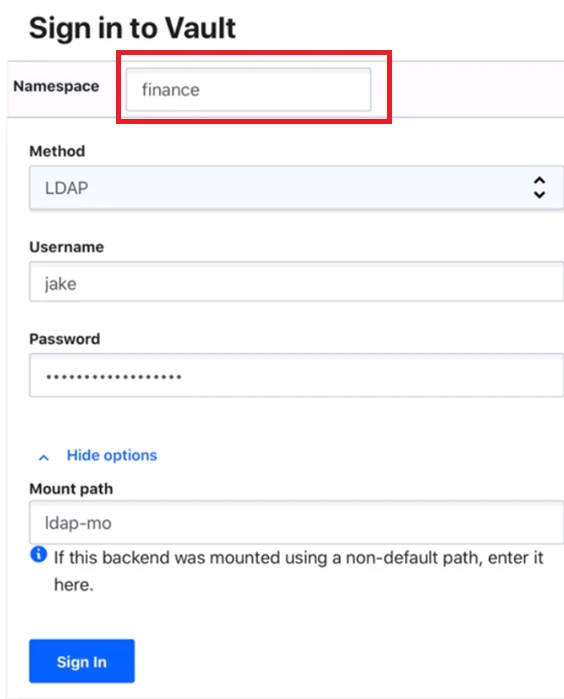HashiCorp Certified: Vault Associate (002)
Here you have the best HashiCorp Vault Associate 002 practice exam questions
- You have 93 total questions to study from
- Each page has 5 questions, making a total of 19 pages
- You can navigate through the pages using the buttons at the bottom
- This questions were last updated on November 21, 2025
- This site is not affiliated with or endorsed by HashiCorp.

